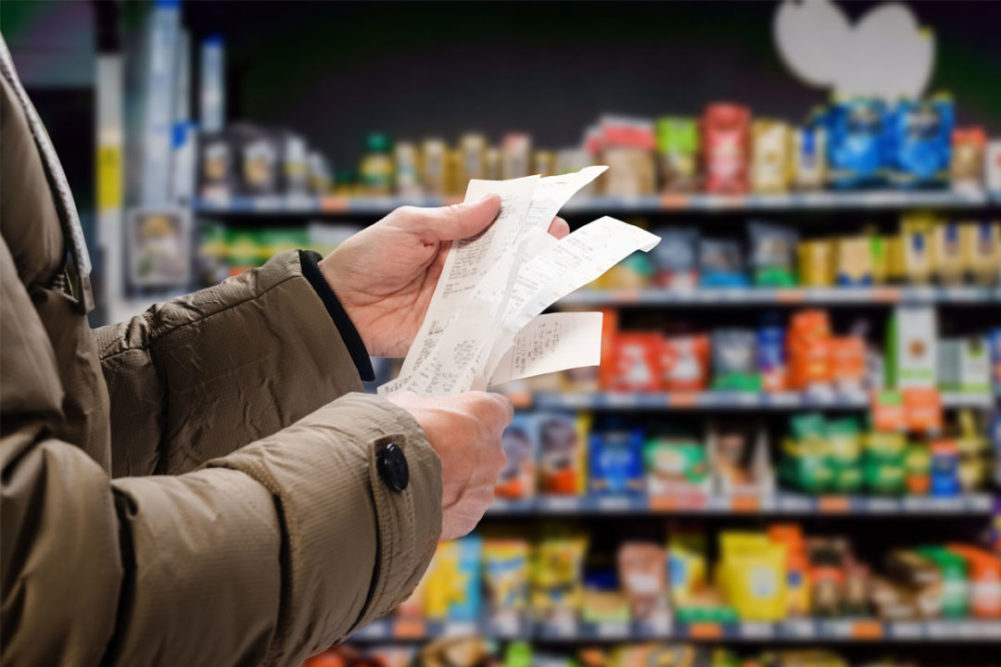CHICAGO — The rising costs of goods continues to shape consumers’ decisions as they choose to eat in and spend less at the store, according to recent data from recently merged market research firms IRI/NPD.
Bargain hunting has become a favored consumer practice after store prices rose a total of 13.4% through the 52-week period ended on Aug. 28, with the butter/margarine/spreads category seeing the largest increase at 30%.
Between July 2022 and August 2022, prices increased 1.6%. Carbonated beverages and fresh fruit prices led the way, each rising 5.3%, IRI said.
“With inflation hitting 8.5% in July, it’s no surprise that consumers are trading down to lower-priced options and opting for more value,” said Krishnakumar Davey, president of thought leadership for IRI.
Food away-from-home costs have risen less than store costs since 2021, an increase of 7.6%, but eating out remains the most expensive option, costing nearly 3.5 times more.
Consumers have responded accordingly, leading to a 3% decline in foodservice traffic as of July 2022. When they do eat out, consumers are more likely to choose value options like quick-service restaurants.
“While the pandemic and recent inflationary pressures shifted demand, restaurants and foodservice outlets offering value, convenience and at-home indulgence are top of mind for consumers,” Mr. Davey said.
The increased prices have resulted in declining unit sales in most food and beverage products, according to other recent IRI data.
Dollar sales have grown, but this growth is a result of price increases, as overall retail food and beverage sales have decreased 4.5% in the past year and volume sales have declined 4% over the same period.
Volume decreases have been sharpest in categories with large price increases, including frozen dinners, cookies and coffee, which rose 18.6% over the past year.
“We’re seeing signs of consumer stress, particularly among low-income households,” Mr. Davey said. “Consumers are buying less in discretionary food and beverage categories, and are shopping more frequently in search of better prices.”
Mainstream and value brands have become consumers’ primary preference, focusing on quick trips to the store instead of stocking their pantries.
Recent data from a June 2022 consumer outlook survey suggests these costs will continue to remain at the forefront of consumers’ minds, ranking rising food prices as their No. 1 concern.

